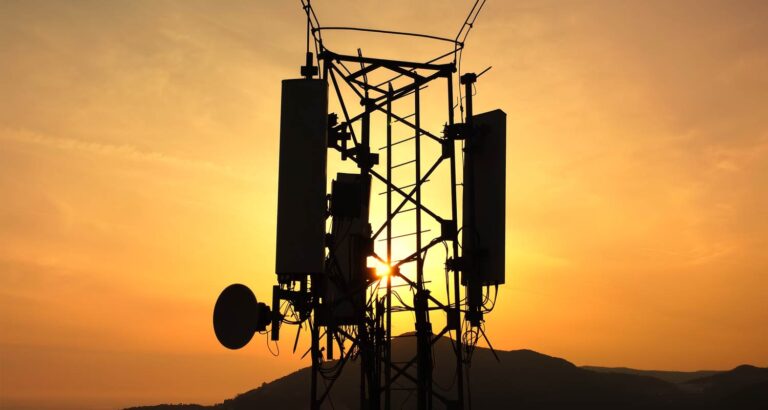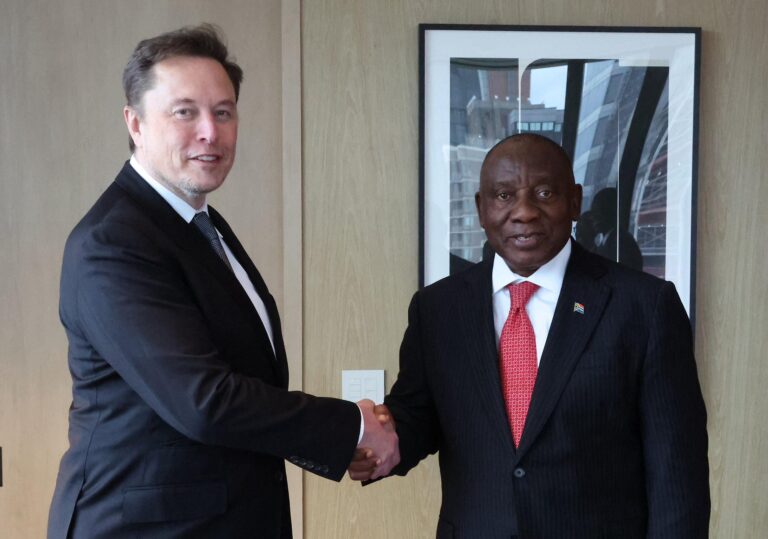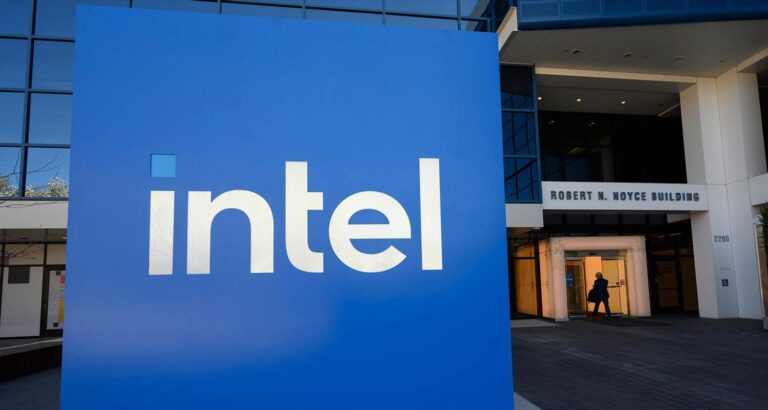Here is the rewritten content with a provocative tone:
[Image of a cellular tower]
“Cell C is Playing You Like a Pawn in its Game of Strategic Deception”
The ongoing drama at Icasa has raised more questions than answers, with Cell C’s latest move sparking intense scrutiny and debate. Behind the scenes, the cellular giant is quietly manipulating its ownership structure to gain total control over its network and spectrum licenses. But at what cost?
Cell C’s latest application to transfer control of its network and spectrum licenses to The Prepaid Company (TPC), a subsidiary of JSE-listed Blue Label, has sparked outrage and concern among stakeholders. Empowerment shareholder CellSAf is crying foul, claiming that Blue Label is “stripping” Cell C of its assets.
But Cell C’s spin doctors are quick to claim that the transfer of control does not mean the actual ownership of the licenses changes. The mobile operator argues that it will continue to own the licenses, and the only change is who is calling the shots – a claim that has many questioning the true motives behind this strategic move.
TPC, the new control-hungry entity, has been accused of planning to exert preferential behavior towards Cell C, putting the interests of the broader telecoms market at risk. Industry giants MTN and Vodacom are crying foul, warning of the potential for anticompetitive behavior and unfair advantage.
But Cell C’s legal team is busy spinning this narrative, arguing that the change in share ownership is “marginal” and “will make no practical difference” in the way the business operates. They claim that any perceived bias by TPC is just a mere fantasy, and that Cell C’s interests will still be served.
But at what cost? The move is a clear attempt by Cell C to consolidate power and influence in the telecommunications industry, and it is leaving many wondering what secrets lie behind this strategic gamble.
Read on to learn more about the intrigue, the drama, and the real stakes behind Cell C’s power play.










